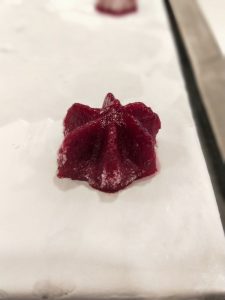The best Sous Vide beetroot leather
June 5, 2020
Making sous vide beetroot leather
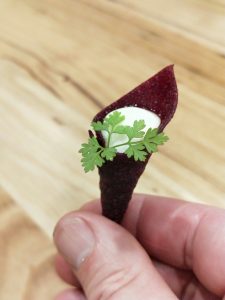
I love beetroot, its sweet earthiness and dense texture lend it to an amazing number of culinary applications. These are a few variations using the molecular cooking techniques of sous vide to retain purity of flavour, and Agar Agar based fluid gel to create body and stability while retaining a vegetarian product. Beetroot leather with its delicious and chew texture can be transformed to a crisp base by simply cutting it to a desired shape with scissors and deep frying it in vegetable oil.
As a fluid gel this recipe can be used to enhance many dishes as garnish or the glue to keep a canape together. Our sous vide beetroot recipes here are all made using fresh organic beetroot, water and Agar everything else is modern cooking techniques used to create these amazing flavours, textures and temperatures.

Beetroot chip
450 gm beetroot washed peeled and chopped
50 ml water
5 gm Agar
Place the washed peeled and chopped beetroot and water in to a suitable vacuum pouch for cooking sous vide. Vacuum seal the beetroots and water, then cook sous vide at 85C for 3 hours in a preheated water bath. Whilst still hot empty the sous vide beetroot in to the jug of you MyCook thermal blender.
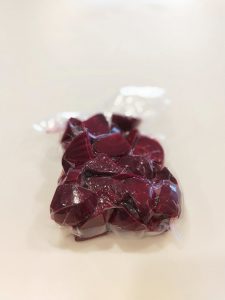
Blend to a smooth paste in the MyCook on speed 4, add the agar powder through the hole in the lid to the beetroot and set heat on your MyCook to 100C for 2 minutes. Pour the beetroot puree in to a tray and allow it to set in to a firm jelly in the fridge. Then, puree the jelly in a MyCook until completely smooth, using a little water or beetroot juice if needed to achieve the desired consistency.

You can add salt or a few mls of balsamic vinegar to the blender at this stage if desired. Push the mix through a drum sieve. Reserve 2/3 of this mix. Lightly oil an acetate sheet and thinly spread the mix evenly over the sheet, about 2 millimetres thick. Dehydrate the squares for 3 hours at 65C or until the leather is completely dry to the touch.
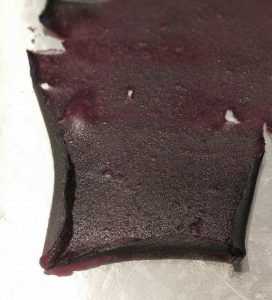
Peel the beetroot sheet off the acetate and cut it into squares. Deep fry each chip at 180C for 1 minute and shape over the back of an egg tray to form cups or with your fingers to form cones. From sous vide beetroot to an amazing crisp pure vegetable chip.
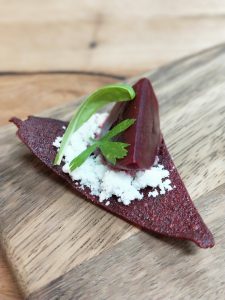
Beetroot Fluid Gel
The puree you have made from above is called a fluid gel. It is neither a solid or a liquid. This method can be used to create any number of fruit or vegetable From above, place ½ of the reserved pureed beetroot gel in a disposable piping bag.
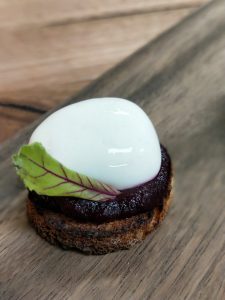
Frozen Beetroot foam
From above, place the other ½ of the pureed beetroot gel into an ISI whip canister. Charge the whip canister with the correct amount of nitrous oxide for the canister that you are using. Shake the canister vigorously to mix, then refrigerate for 2 hours. When ready to serve, hold the canister upside down and shake. Release small mounds onto the anti-griddle and allow to half freeze before serving.
The Breville|Polyscience Anti-griddle is a flash freeze plate that allows the cook to create and build dishes with varying frozen textures and temperatures. The Grant Achatz inspired tool was designed to make a rapidly cooling surface that would give liquds and semi solids a crispy crust and a creamy interior. But imagine the possibilities it has created in the kitchen. To make an olive oil “cracker,” most chefs would bake some sort of crisp fortified with oil. Achatz uses the antigriddle to freeze the oil itself into a wafer. Also check out Darren Purchese using the Anti-Griddle here

